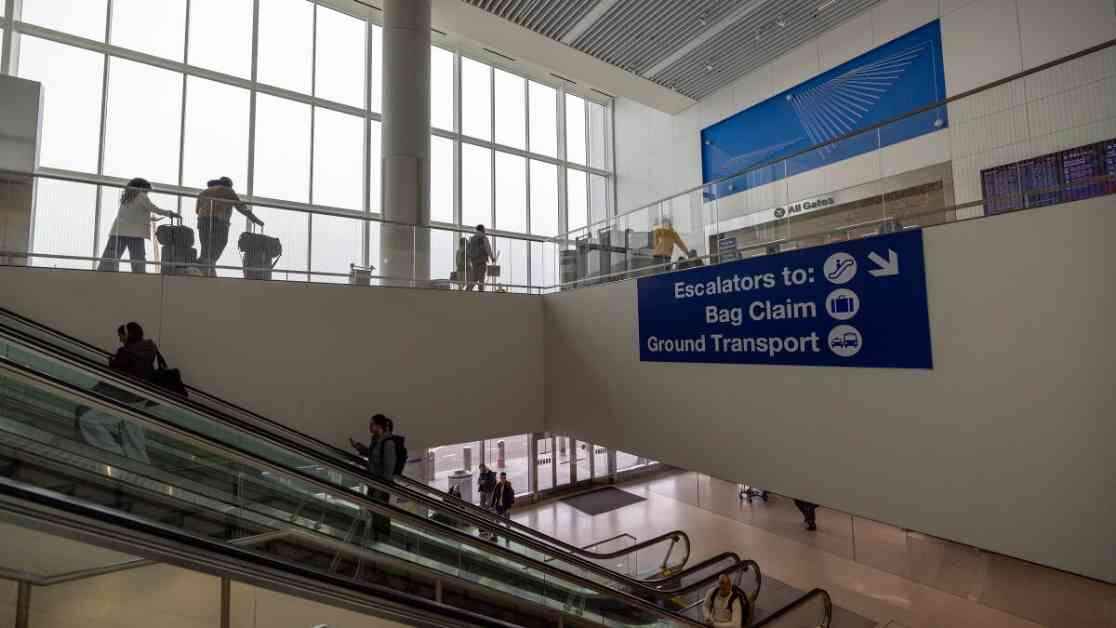After nearly two decades of delays and warnings, the federal government’s Real ID program is finally getting off the ground at airports across the nation starting Wednesday. The big question on everyone’s mind is how this will impact air travel. The new rule states that travelers must show both a Real ID card and regular identification, but officials are assuring us that the transition will be smooth.
Homeland Security Secretary Kristi Noem mentioned that travelers without a Real ID may face extra questioning but will generally still be able to board flights. She added that those without proper identification may be redirected to a separate line at TSA checkpoints, but the goal is to make the process as seamless as possible.
It’s hard to predict how the implementation of Real ID will affect airport operations and travelers’ experiences. John Breyault from the National Consumers League warned that a high number of people may be subject to additional screening, potentially causing delays. The key factor will be the number of TSA officers available to handle the extra workload.
Currently, 81% of travelers already have a Real ID, according to the Department of Homeland Security. However, if a significant portion of travelers are diverted for secondary screening, it could spell disaster for airports across the country. To avoid missing flights, Breyault recommends arriving at the airport even earlier than usual, suggesting a two-hour buffer for domestic flights.
For those traveling in groups with both Real ID and non-Real ID holders, even more time should be factored in. The Real ID Act, passed in 2005 after the 9/11 attacks, aims to enhance security and reduce fraud. The original deadline for compliance was in May 2008, but various challenges delayed the process.
As of January 1, over 18.5 million California residents have obtained their Real ID, indicating a significant level of compliance. For those without a Real ID, other forms of identification will still be accepted at TSA checkpoints, including passports, trusted traveler cards, and certain government-issued IDs.
If you find yourself without a TSA-approved ID, you may be asked to undergo an identity verification process, where your information will be collected to confirm your identity. Failure to provide acceptable identification or cooperate with the process could result in being denied entry to the security checkpoint.
To apply for a Real ID, visit your local Department of Motor Vehicles office. Several DMV locations are now offering extended hours to accommodate the increased demand. You’ll need to provide various documents to prove your identity and residency, so make sure to check the DMV website for the necessary paperwork.
In conclusion, the implementation of the Real ID program is finally underway, and travelers should be prepared for potential delays and additional screening at airports. Ensuring you have the proper identification will be crucial in avoiding any disruptions to your travel plans. Remember to arrive early, be patient, and comply with TSA guidelines to make the process as smooth as possible.













